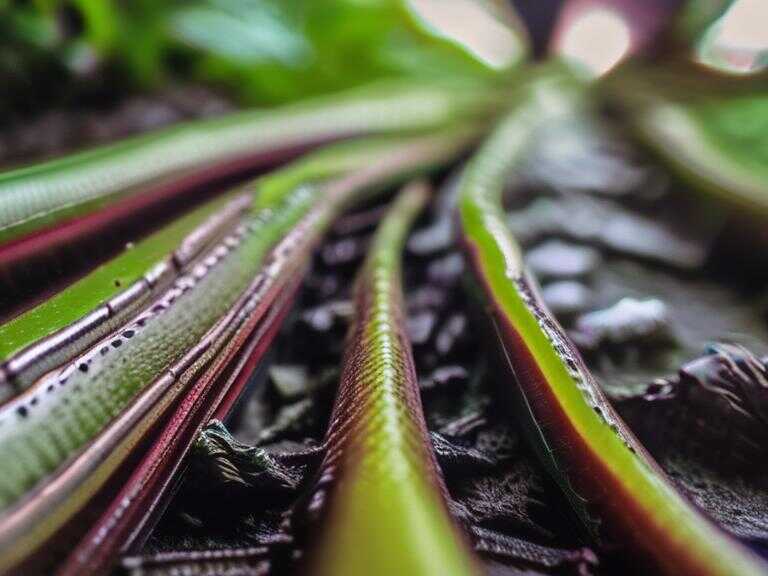
Scientists Develop Device for Tasting Distant Flavors Virtually
Researchers developed a device that uses microfluidics to transmit taste from remote samples to a recipient.

Scientists have made significant strides toward bringing the concept of remote snacking closer to reality. In a groundbreaking study published in the journal Science Advances, researchers from Ohio State University, led by graduate student Yizhen Jia and his advisor Jinghua Li, successfully enabled volunteers to taste flavors representing distant samples of various foods and beverages.
A Revolutionary Taste-Transmission System
The innovative system developed by the team relies on microfluidics and miniature pumps housed in small packets reminiscent of those used for instant ramen. These packets are connected to a tube inserted into the participant's mouth, allowing them to experience the transmitted tastes.
In one demonstration, researchers aimed to accurately replicate the taste of lemonade. When a sensor dipped into a glass of lemonade received a signal, it triggered the miniature pumps within the packets, delivering the corresponding flavor to the volunteer.
Expanding Flavor Palettes
A more advanced version of the system utilizes an array of packets containing various substances such as salt water, citric acid, and glucose. This setup enables the transmission of a wider range of flavors, allowing individuals at the end of the tube to sample different tastes.
The potential applications of this technology are vast, ranging from enabling people to share culinary experiences remotely to revolutionizing the food tasting industry. Imagine being able to savor a dish prepared in a distant country without leaving your home or experiencing a new flavor profile through virtual tastings.
The Future of Taste
While remote snacking is still in its early stages, the groundbreaking research conducted by Jia and Li's team paves the way for exciting possibilities. This innovation has the potential to transform the way we interact with food and experience taste, opening up new frontiers in culinary exploration and sensory enjoyment.
Share news















